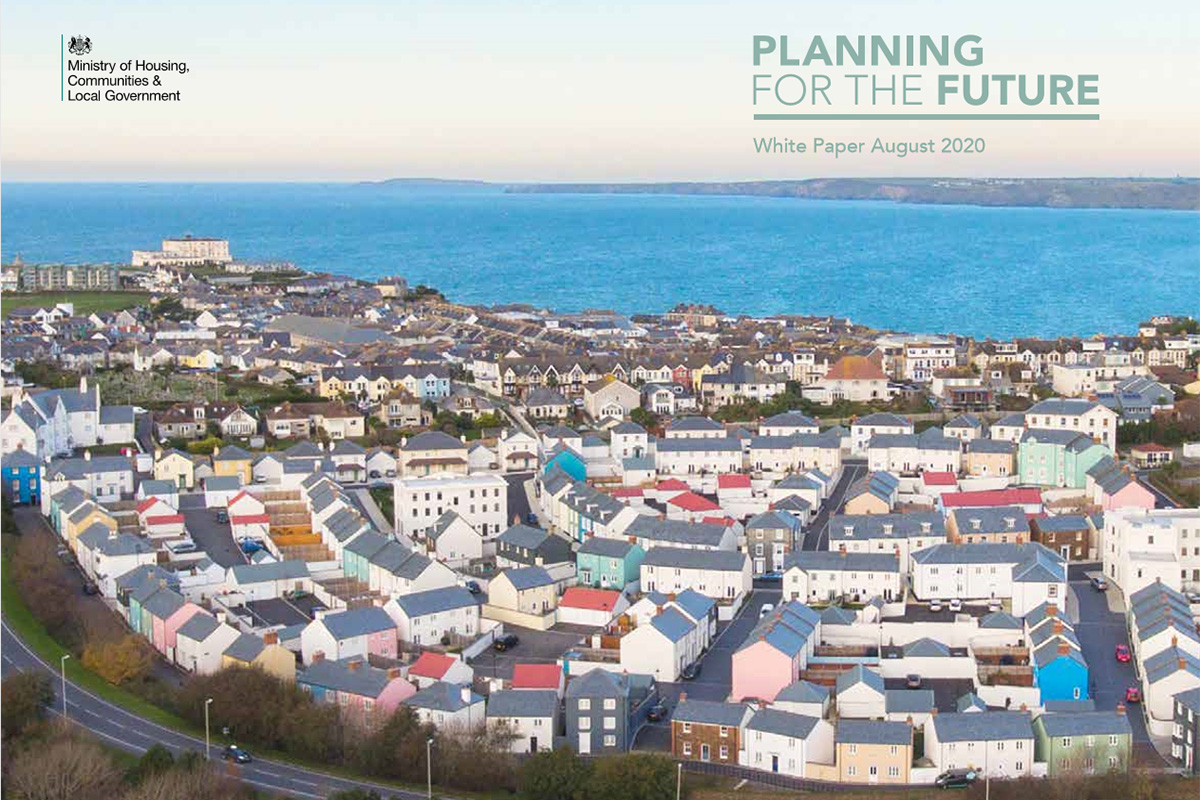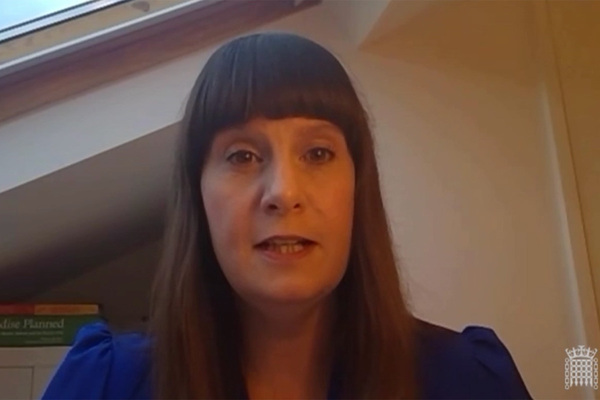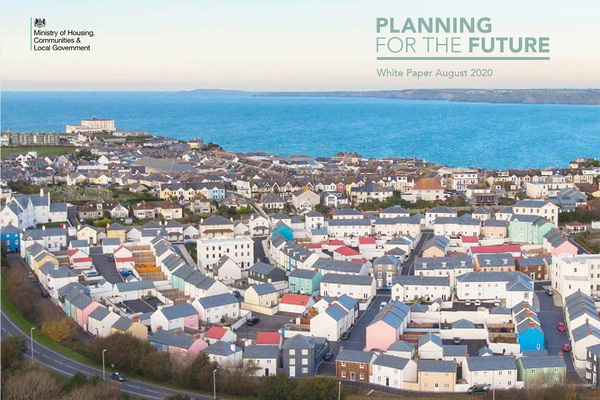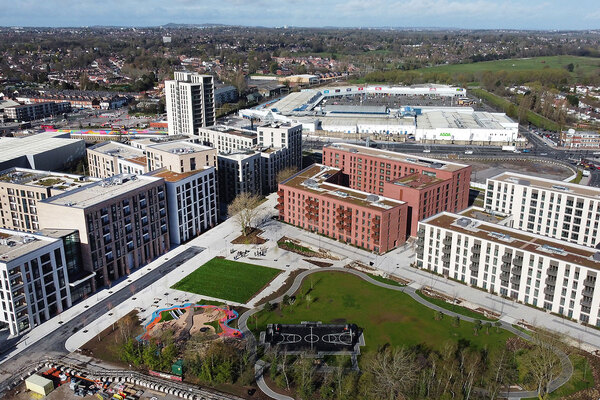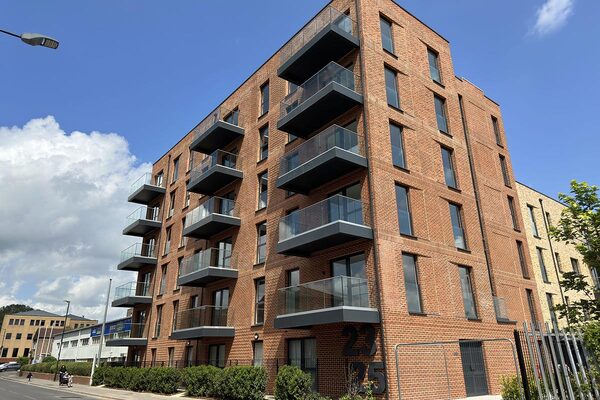You are viewing 1 of your 1 free articles
What the sector thinks of the Planning White Paper: six key takeaways
The consultation period for the government’s Planning White Paper has come to a close and the responses from the sector’s bodies are in. Dominic Brady analyses what the sector thinks it may mean for affordable housing numbers, the green agenda and if it will achieve its aim of simplifying the planning system
Despite being published in the midst of the COVID-19 pandemic, the significance of the government’s Planning For the Future white paper was not missed by the national media.
The white paper represents potentially the most significant change to the planning system for decades. However, the proposals in it were certainly not welcomed with open arms by everyone – not least from some Conservative MPs.
But what was the reaction from the sector?
With the consultation on the white paper having closed last week, Inside Housing has trawled through responses from key sector bodies to see what they made of the reforms.
A new Infrastructure Levy will produce less affordable housing
Discussion in central government about how to improve the planning system has largely revolved around simplifying and speeding it up. But social landlords will be concerned about one aspect of the system that did not form a major part of the government’s sales pitch: affordable housing.
The first wave of the coronavirus pandemic and the resultant economic shocks have increased the need for affordable housing. So did the white paper reassure key sector bodies that these much-needed homes will be built under the new system? It appears not.
According to the paper, the government’s new consolidated Infrastructure Levy – which would replace Section 106 and Community Infrastructure Levy (CIL) – will aim to deliver “at least as much, if not more, on-site affordable housing”.
But responses show that many in the sector are yet to be convinced of this commitment.
The Town and Country Planning Association (TCPA) says it backs the commitment, however it adds: “We are concerned however that much more detailed modelling and policy development needs to be undertaken to make sure that this commitment is met.”
Likewise, the Chartered Institute of Housing (CIH) argues that “sufficient evidence is not presented that the new Infrastructure Levy will not result in the loss of delivery of much-needed affordable homes”.
Similar concerns are raised by the National Housing Federation (NHF), which predicts proposals that would see an increase to the threshold at which developers must pay Section 106 contributions from 10 to 40 or 50-home developments would create a “significant reduction” in the supply of new affordable homes.
“This is true overall but will be particularly concentrated in places which rely heavily on Section 106 contributions in small batches, such as many rural areas,” it said.
Single levy will create trade-off between housing and infrastructure
The prospect of scrapping Section 106 – which accounted for 49% of all affordable homes built last year – and the CIL has understandably made many in the sector very nervous.
A common concern from consultation responses is that a single Infrastructure Levy will essentially put housing in direct competition with infrastructure projects. Given prime minister Boris Johnson’s promise of an “infrastructure revolution” in his election campaign, that looks to be a competition housing may lose in some instances.
As the CIH explains in its response: “It is extremely concerning that affordable housing will in essence be competing (unless ringfenced) with other resource-hungry infrastructure needs, such as transport.”
As with the CIH and Royal Town Planning Institute (RTPI), the TCPA came out in opposition of proposals to replace Section 106 and CIL with a single levy, arguing that more detail is needed on the idea.
It says: “Consideration also needs to be given to how important non-monetary elements of Section 106 agreements could be captured within a reformed levy.
“So, for example, how do we make sure that rural affordable homes are affordable in perpetuity or arrangements are made to support the long-term stewardship of new community assets?”
Not enough support for zero-carbon efforts
Reducing carbon emissions is another area where respondents feel the Planning White Paper has failed to align with the government’s overall agenda.
Despite creating the Green Homes Grant and the Social Housing Decarbonisation in the past year, the government falls short on green requirements when it comes to the white paper, responses suggest.
The CIH said it has “serious concerns” that the paper will not deliver the zero-carbon future needed to tackle the climate emergency.
“There is no mention of any requirement for local plans to pursue carbon emission reductions in line with the net zero target under the Climate Change Act, and the proposals are silent on how national and local climate targets will inform the new local plans and planning decisions under the new system,” the CIH claims.
Meanwhile, the TCPA notes that the white paper creates “real uncertainty” about the role of planning in tackling climate change as it fails to provide detailed explanations of how carbon reductions will be achieved via the new framework.
“Where the white paper is specific, for example, on the energy performance of buildings, it is deeply disappointing that there is no specific date by which zero-carbon homes will be delivered,” the TCPA says.
The government proposed the idea of replacing the existing legal and policy test for local plans with a consolidated test of “sustainable development” which would include consideration of environmental impact, but both the CIH and the TCPA said this proposal did not include enough detail to be fully backed by them yet.
Government should avoid the centralisation of planning
Perhaps unsurprisingly, responses examined by Inside Housing unanimously rejected the government’s suggestion that it could alter the role of local plans and give more control over aspects of the system back to Whitehall.
The white paper proposes that development management policies, the criteria of which are currently decided by councils, should be established at national level.
The RTPI acknowledges there are benefits to having more standardised development management policies, but warns against a Whitehall power grab, adding: “Many local authorities have declared climate emergencies and set targets for achieving net zero-carbon targets which exceed national legislation. Local policies must have the flexibility to reflect that ambition.”
The CIH argues that local authorities are best placed to understand the needs of their local area and should be able to plan for nuances in their regions. The body warned that local plans must be tailored to local demands on issues such as climate change and affordable housing, describing the proposals as “centralising and prescriptive”.
The TCPA suggests the white paper gives no sense of scope or content of what the national policies might look like and therefore say it is impossible to judge them.
The organisation adds: “We are concerned, however, that centralised national policies undermine local choice, democratic control and, therefore, wider public trust in the system.”
Fast-track proposals are too simplistic
One of the most left-field proposals in the white paper was the idea of introducing “permission in principle” applications for areas designated for ‘growth’ in a new zonal planning system, in order to fast-track projects.
‘Permission in principle’ is a route to gaining planning permission for housing-led developments that meet a certain set of criteria.
Taken together with the government’s announcement that it will expand controversial permitted development rights, it has caused plenty of concern, with examples of sub-standard housing being rife because of the policy.
It comes as no surprise then that this concern was reflected in responses to the government’s Planning White Paper consultation.
The RTPI cautions that “good design and speed are rarely compatible” and stresses the importance of public engagement on development projects.
The Federation of Master Builders (FMB), which represents 7,000 small and medium-sized construction firms (SMEs) in the UK, also rejects the idea of permission in principle.
The trade association explains: “The first reason is that the permission in principle pathway was specifically designed to streamline planning for the benefit of SMEs and removing this advantage would further weight the system in favour of volume house builders.”
Another reason, according to the FMB, is there is not enough evidence that the policy works – data has shown that between January to June this year, just six ‘permission in principle’ applications progressed past the technical details stage.
The government has said it will change the nature of permitted development to enable “popular and replicable” forms of development using what is known as a ‘pattern-book approach’, which sets out building types and styles that can be built under this rule.
The CIH warns this could lead to diminished local distinctiveness and echoes the FMB’s argument that it could be leveraged by major developers.
It asks: “Would large housing developers not be able to tailor their standard products to the national pattern book and roll them out to scale?”
All responses were firmly against the expansion of permitted development rights.
The changes may not simplify the system
The government has made no secret of its contempt for the current planning system, with housing secretary Robert Jenrick previously describing it as “outdated and cumbersome”. He also hinted that he thinks local authorities slow the process down.
Indeed, simplifying the system and speeding it up is the key rationale behind the overhaul for the government.
But the consensus from planners and housing bodies is that the white paper fails on its key mission.
As CIH explains, the proposals for a single Infrastructure Levy “could potentially be as complex as the current Section 106 and CIL systems with as much potential for challenges on legal and valuation grounds”.
The RTPI, meanwhile, says: “A single national Infrastructure Levy could not address the significant variations in market values across the country.
“This could undermine the levelling-up agenda unless mechanisms were in place to redistribute income, which would complicate the process.”
The institute claims a variable levy would be preferable, but notes that this would also add complexity to the planning process.
